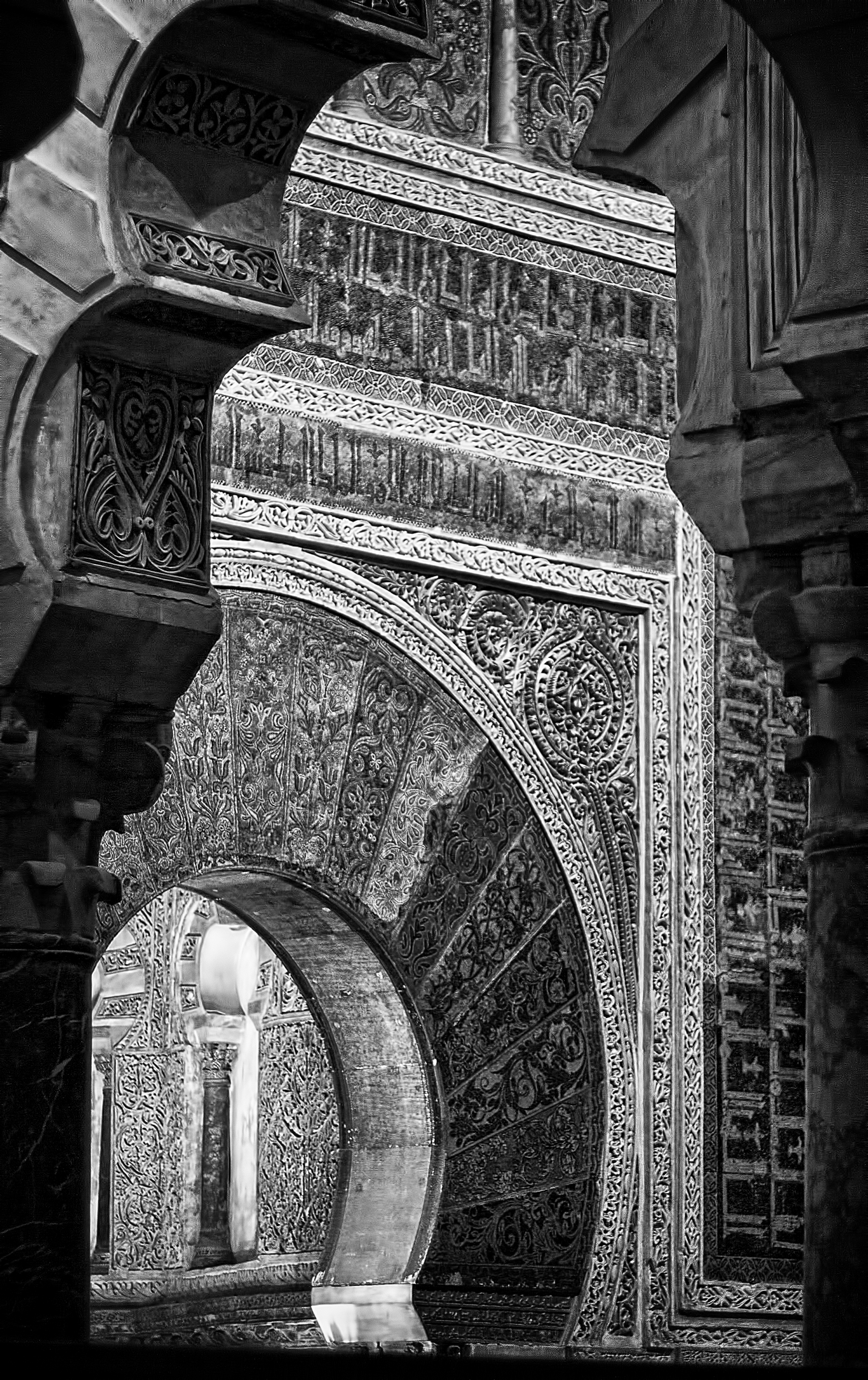from qurtuba to cordoba
Activities
27 June 2013 - 31 August 2013
from qurtuba to cordoba
11:00 AM - 11:00 PM
Katara Cultural Center
This Event Passed

The city of Cordoba, declared World Heritage Site in 1994, is known worldwide for its Arab Islamic past. Qurtuba, previously Roman, Byzantine and Visigoth, underwent such urban and cultural development with the Umayyads that it became one of the most important cities in the world. Worldwide acknowledged monuments, such as the Mosque Cathedral and the Madinat al–Zahra Archaeological Site, bear witness to such splendour and are outstanding examples of Arab architecture in Spain. However, Cordoba prides itself with owning a much larger collection of Arab Andalusian remains spread across the city. With the aim of rediscovering these Arab and Islamic legacies, Casa Árabe organised the participatory exhibition “From Qurtuba to Cordoba” in April 2012, with the active involvement of its citizens. The idea behind it has been to reassess through photography the diverse and rich Arab Islamic heritage in the city belonging to the period of al Andalus. This exhibition displays a variety of ornamental details testimony of past splendour which is often taken for granted by Cordoba’s dwellers and visitors. The collection highlights emblematic monuments, walls, doors, towers, minarets and baths, including some examples of Mudéjar art, a more recent architectural style inspired by the influences of al Andalus in the Iberian Peninsula. After touring in Spain, the exhibition is brought to Doha thanks to the shared efforts of Casa Árabe and the Embassy of Spain in Qatar, in cooperation with Katara.
Schedule
Thursday, 27 June 2013 Saturday, 31 August 2013
11:00 AM - 11:00 PM
+974 4408 0000
Location
Katara Cultural Center
GALLERY
© Copyright 2020 Katara. All Rights Reserved.